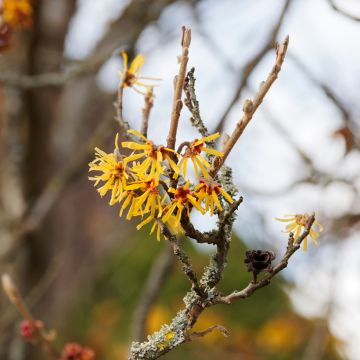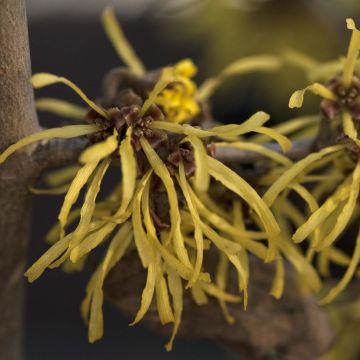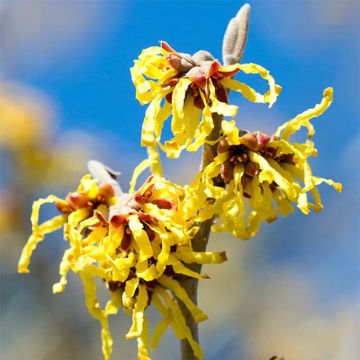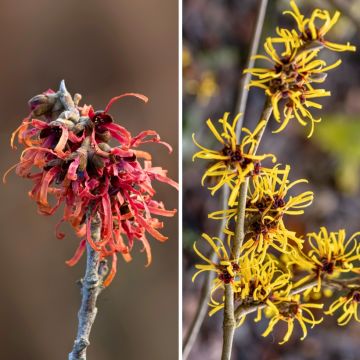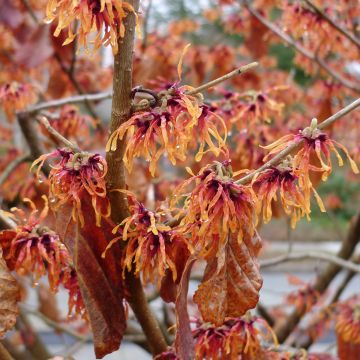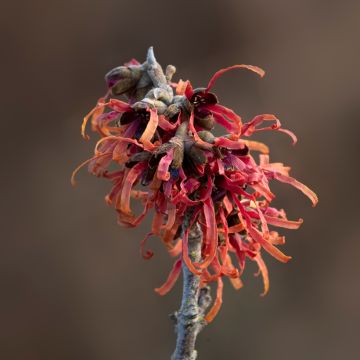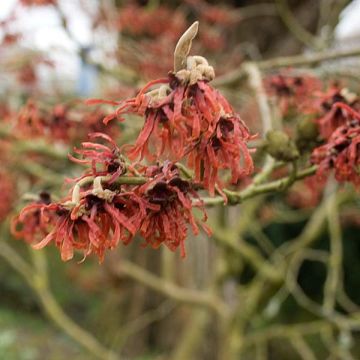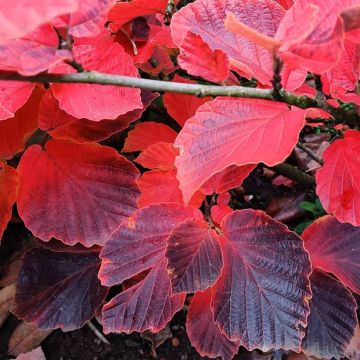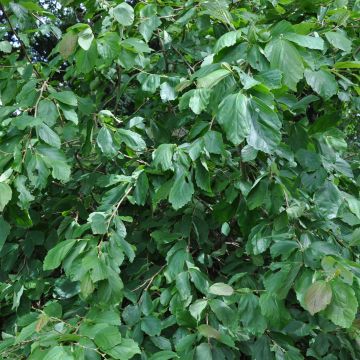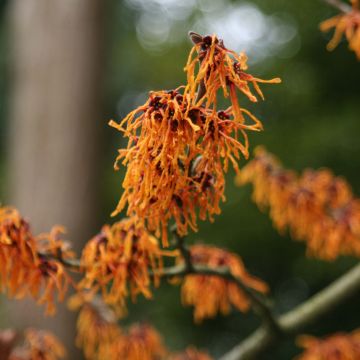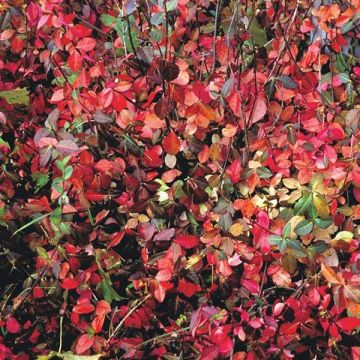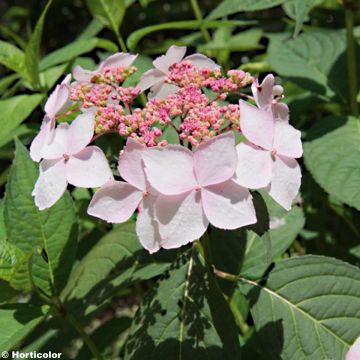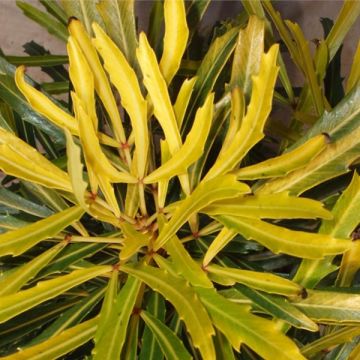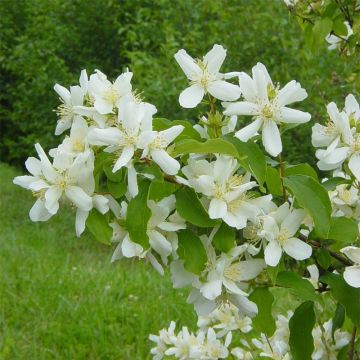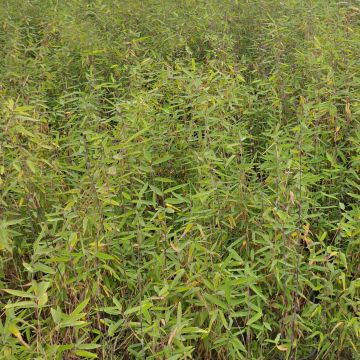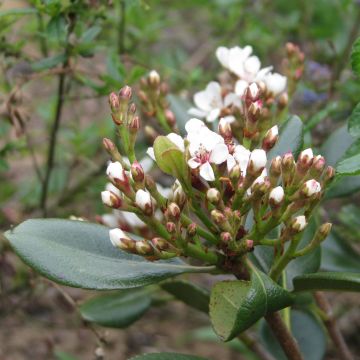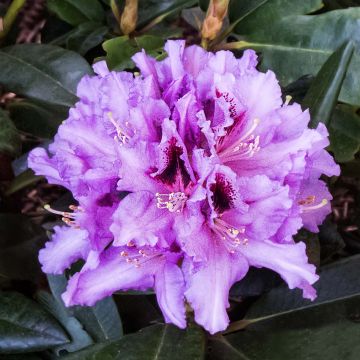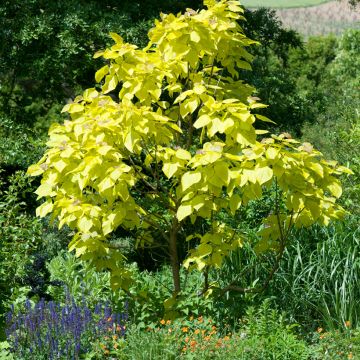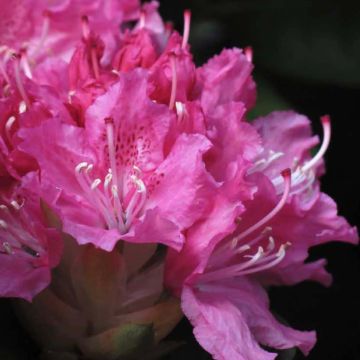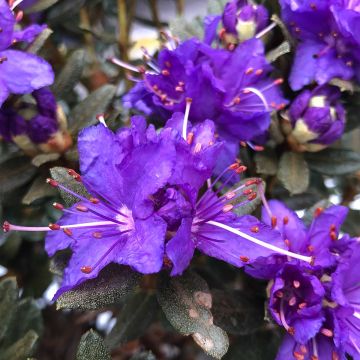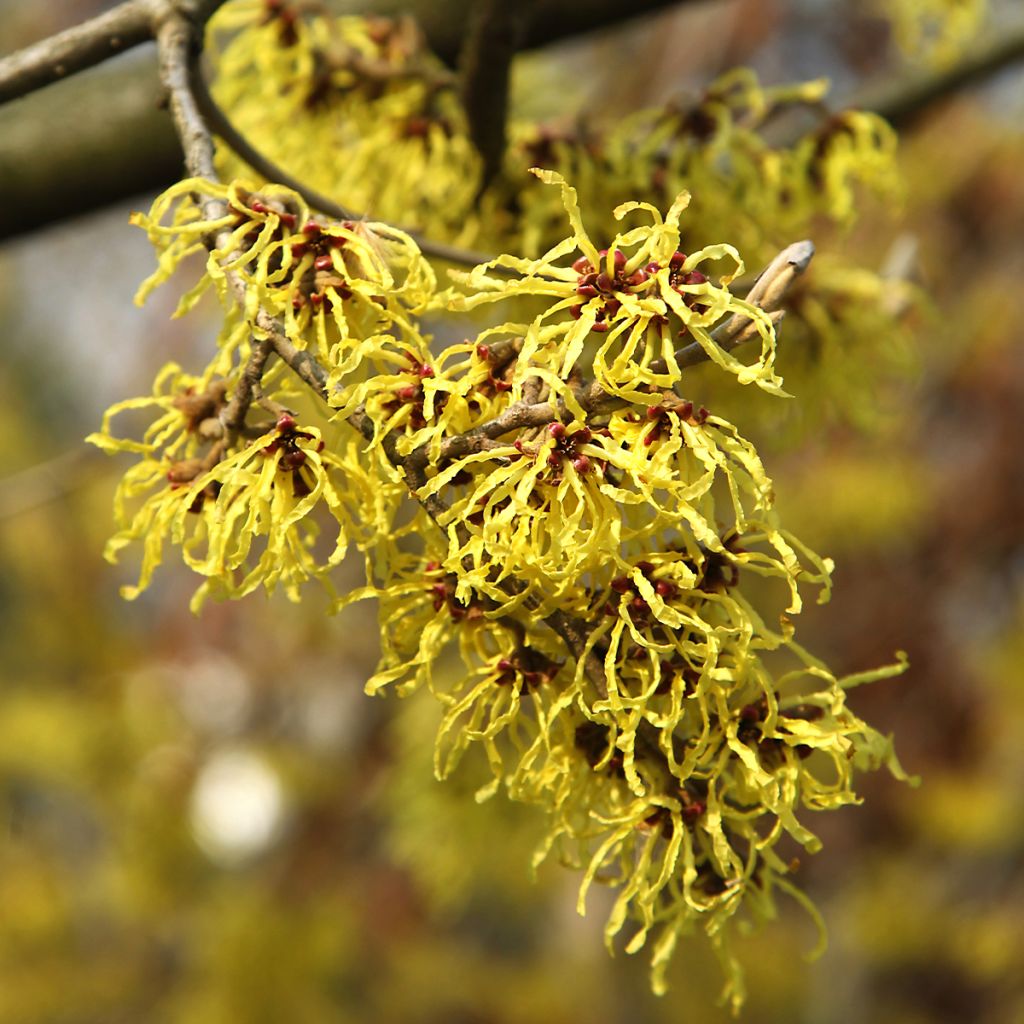

Hamamelis virginiana - Virginian Witch Hazel
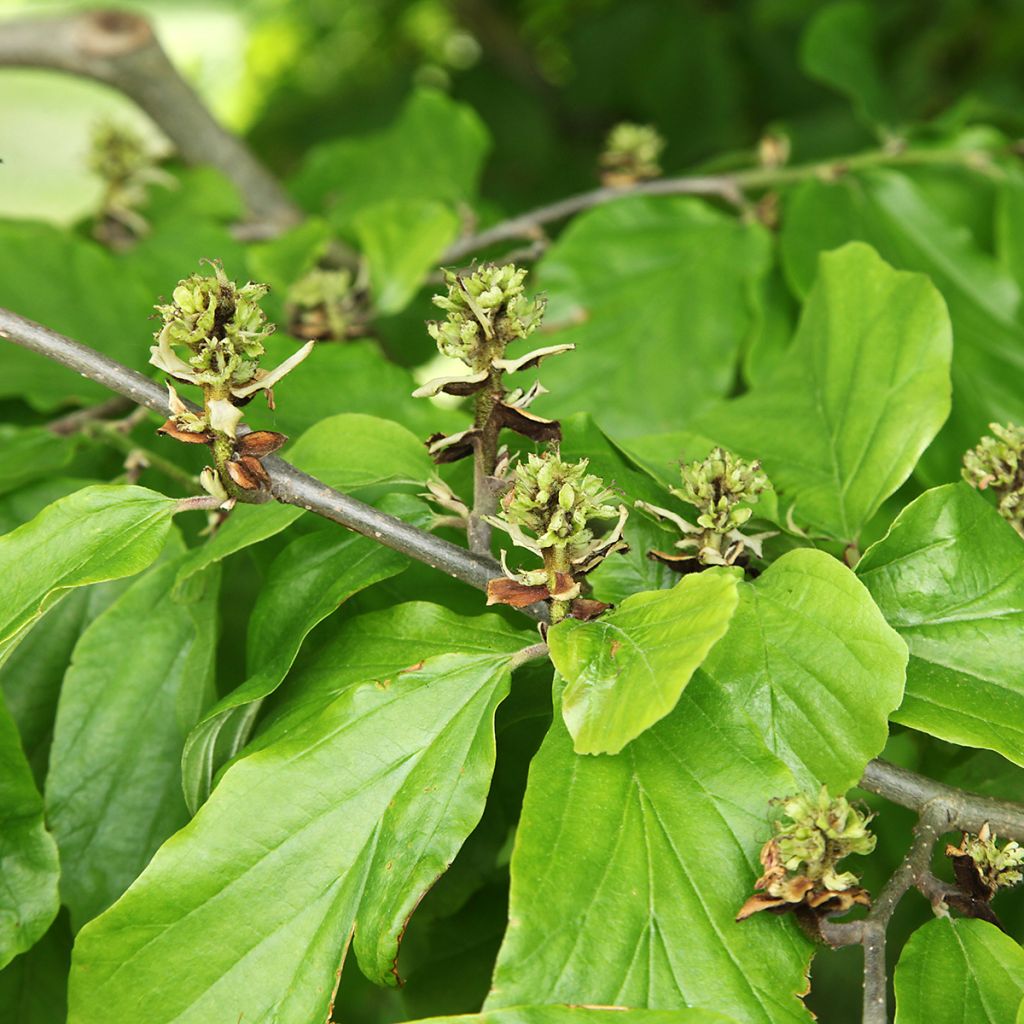

Hamamelis virginiana - Virginian Witch Hazel
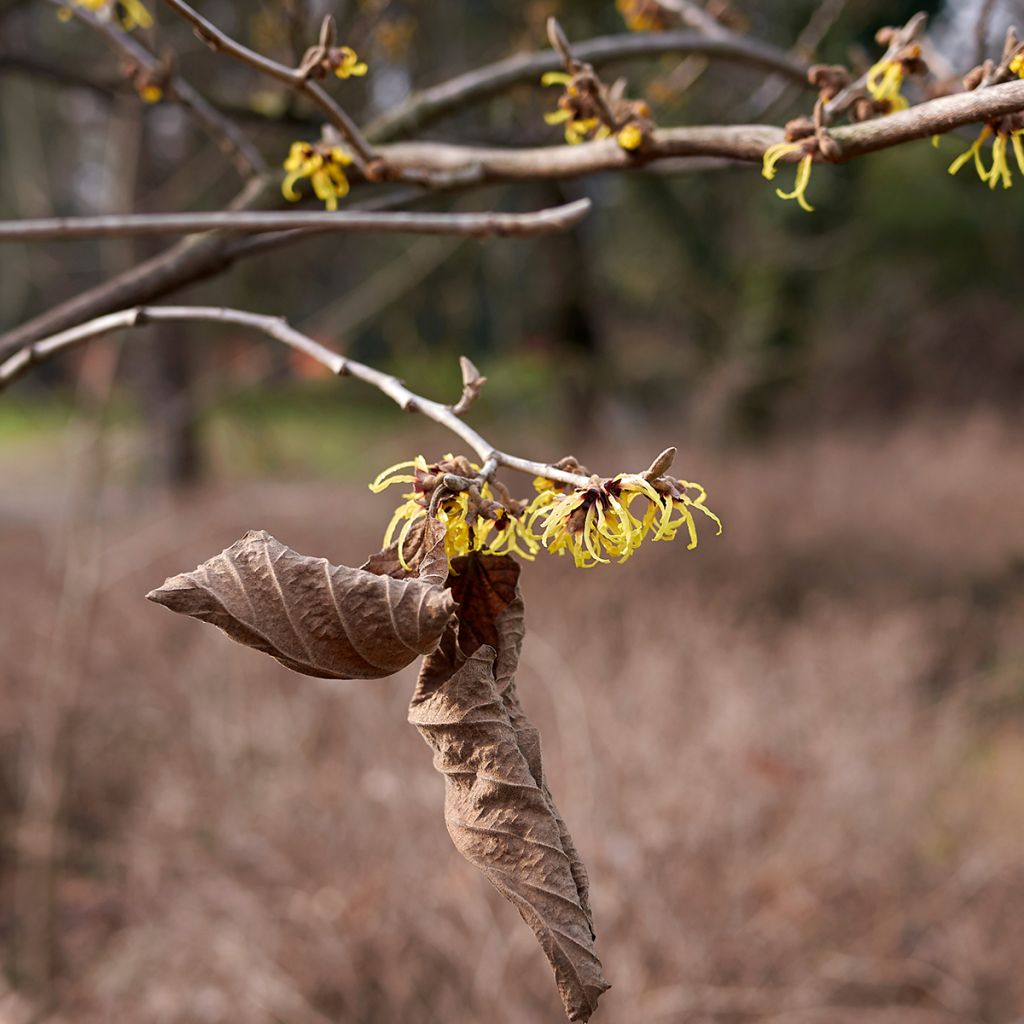

Hamamelis virginiana - Virginian Witch Hazel
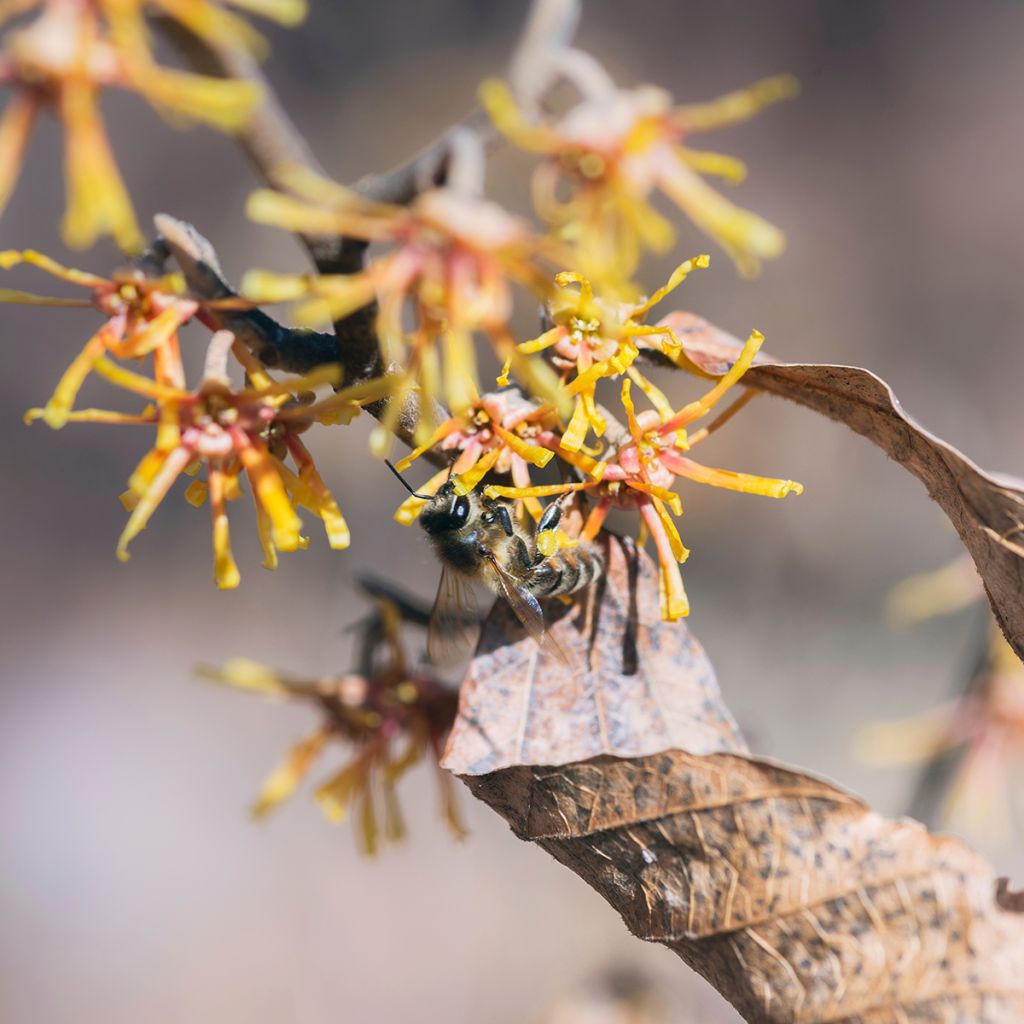

Hamamelis virginiana - Virginian Witch Hazel
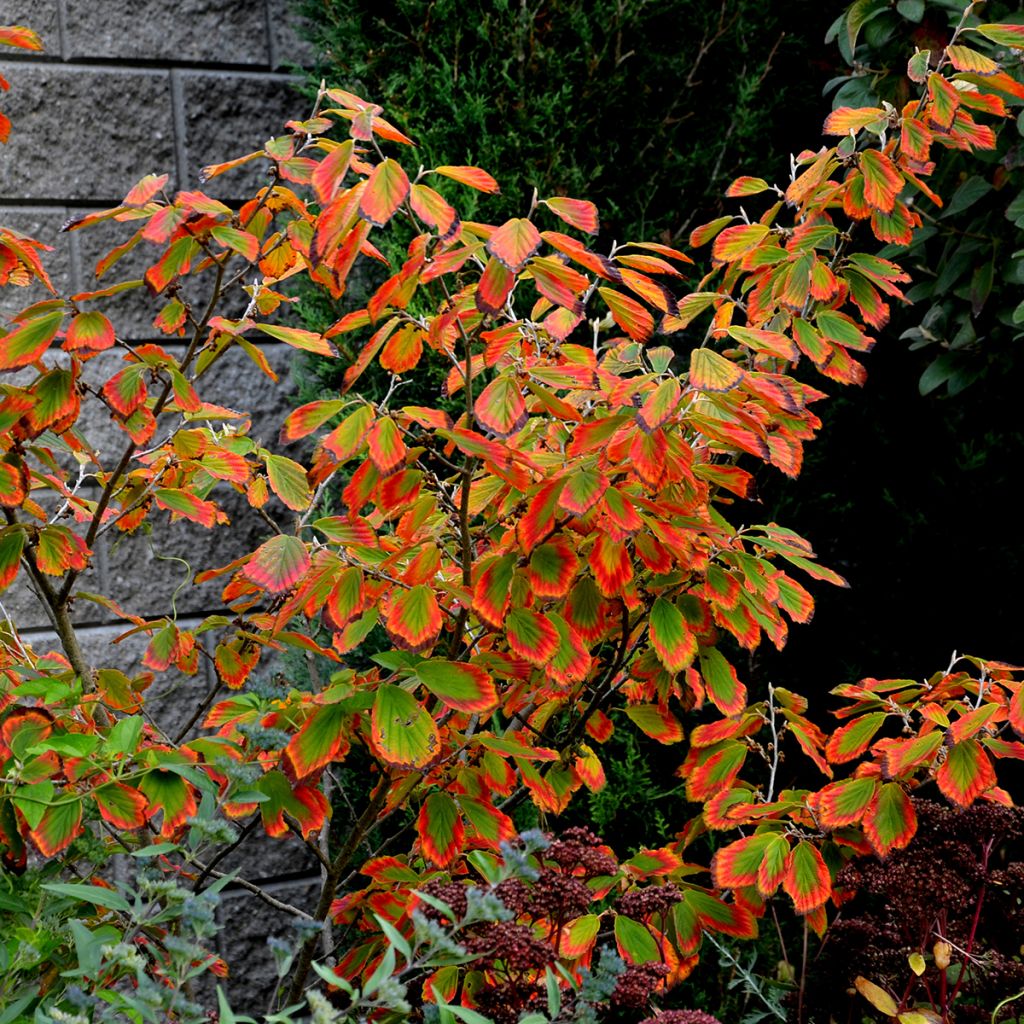

Hamamelis virginiana - Virginian Witch Hazel
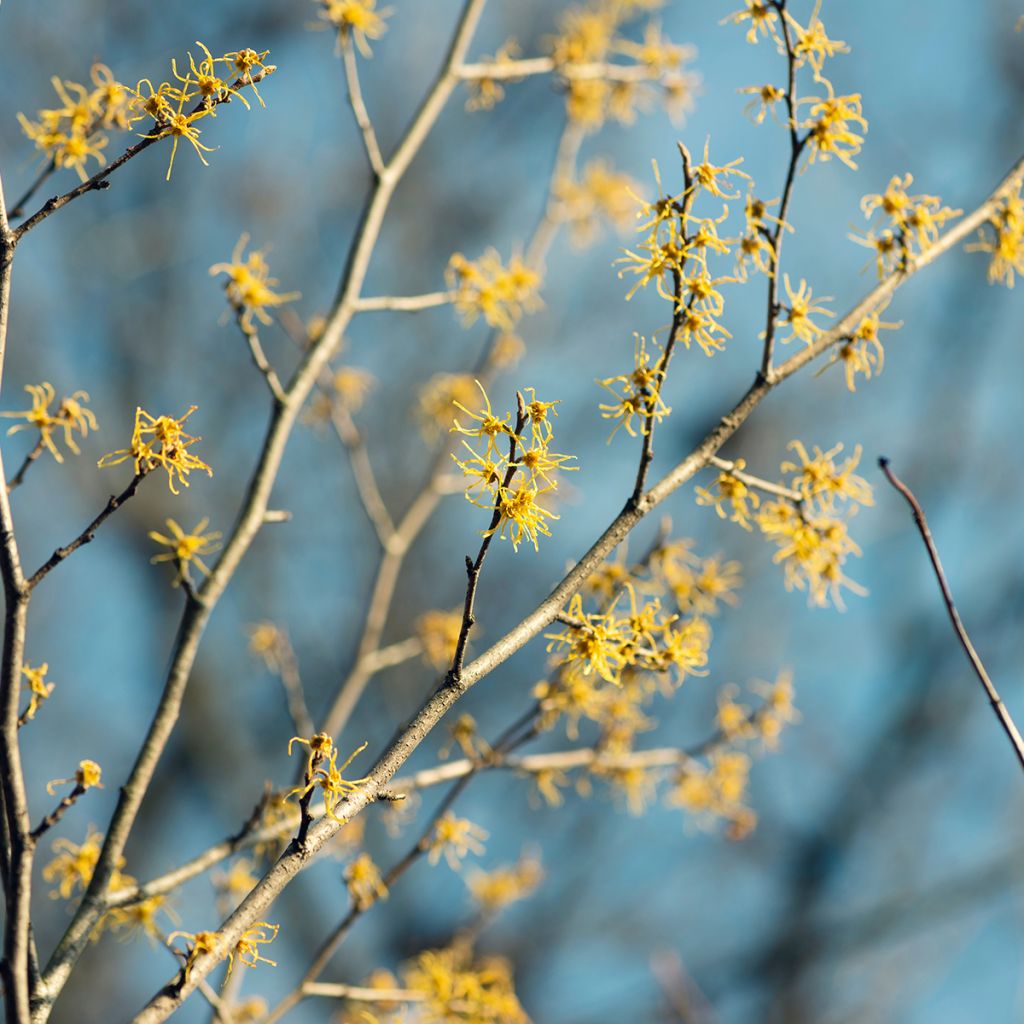

Hamamelis virginiana - Virginian Witch Hazel
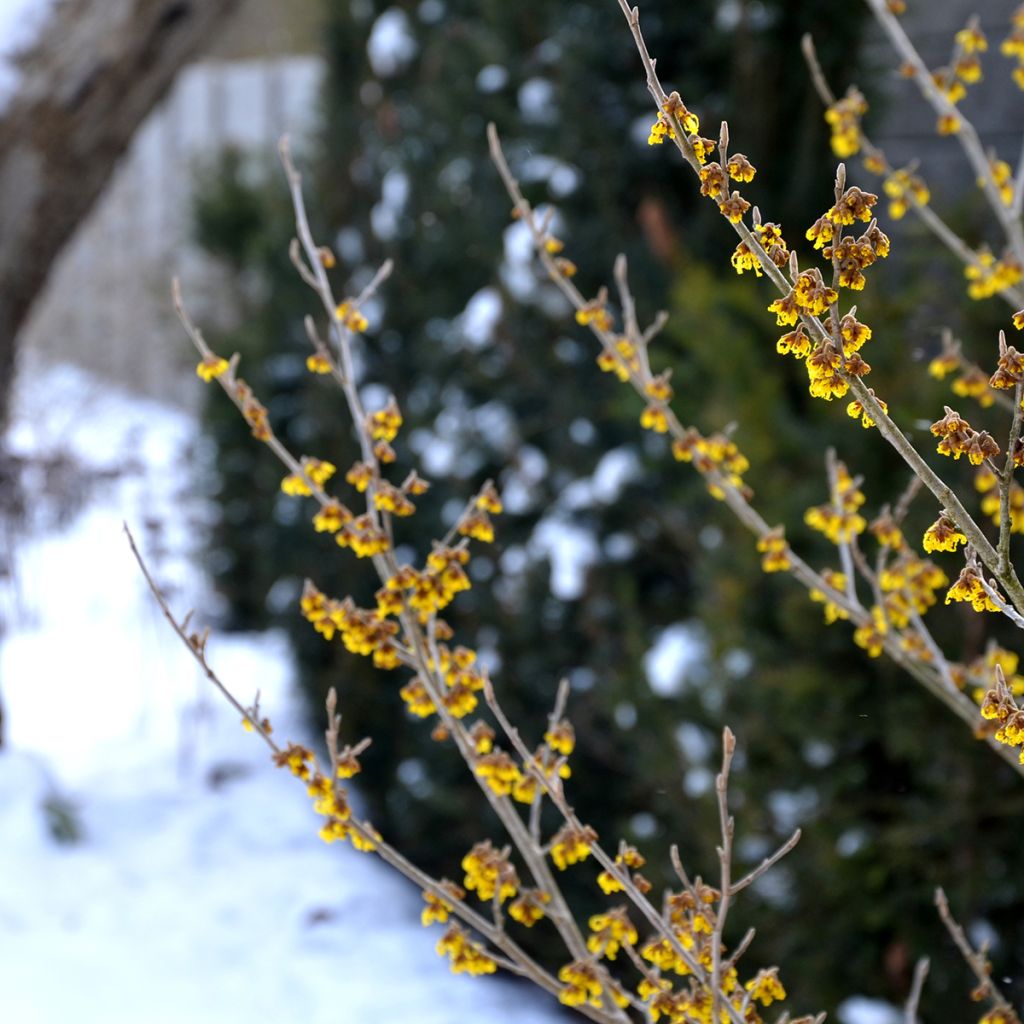

Hamamelis virginiana - Virginian Witch Hazel
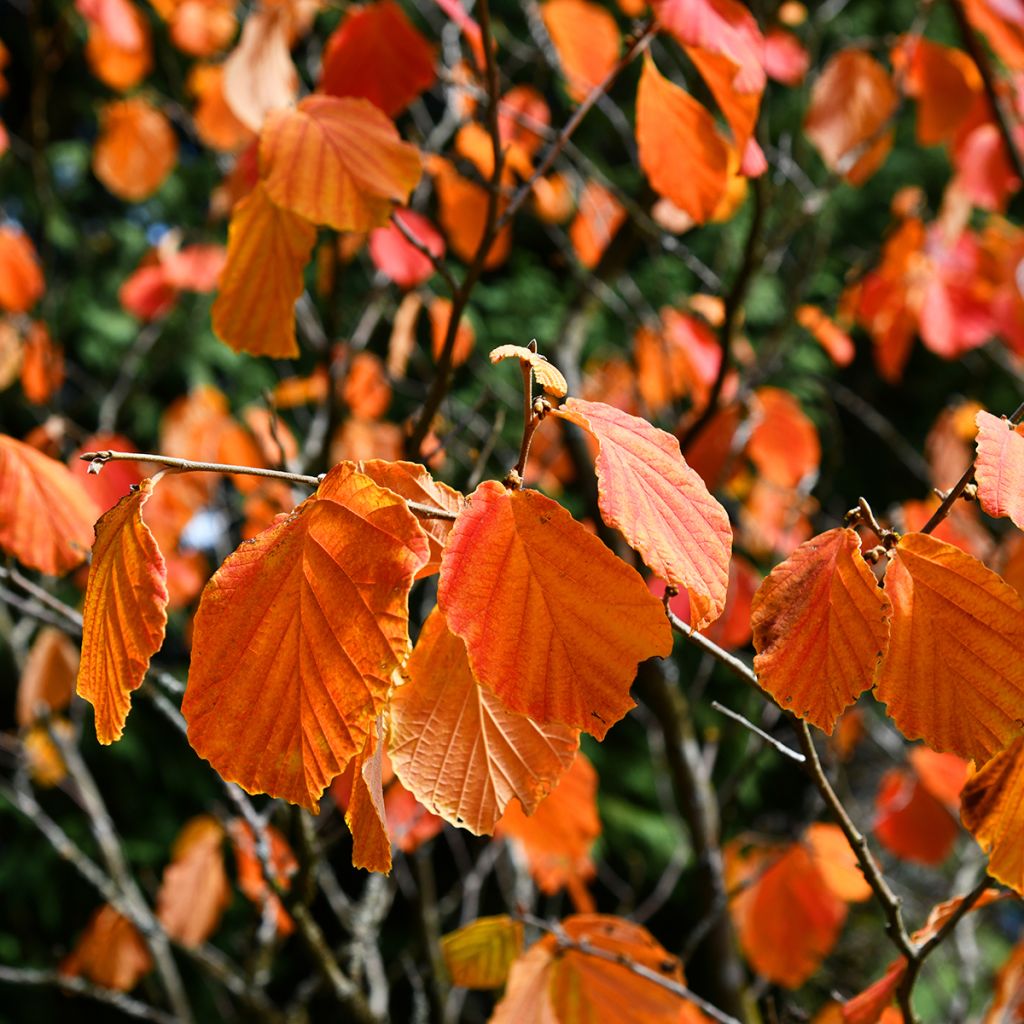

Hamamelis virginiana - Virginian Witch Hazel
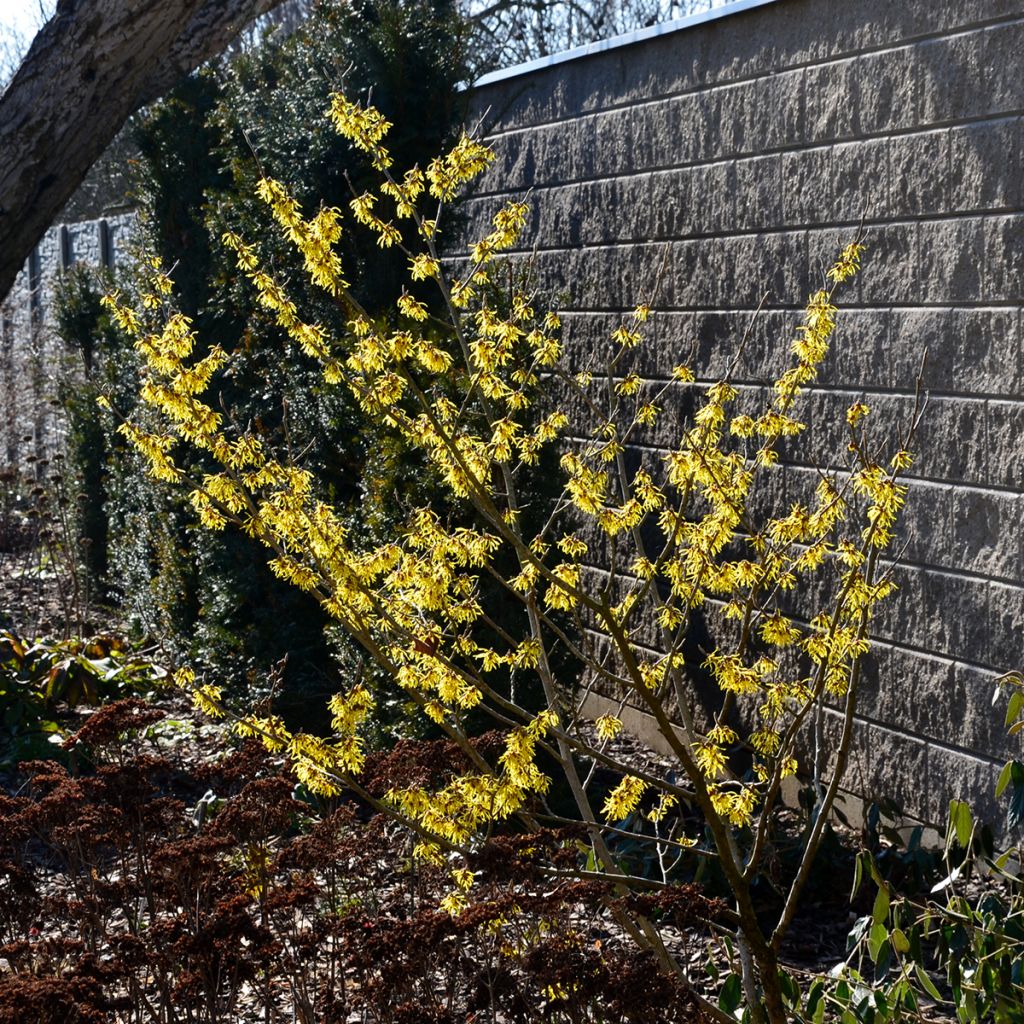

Hamamelis virginiana - Virginian Witch Hazel
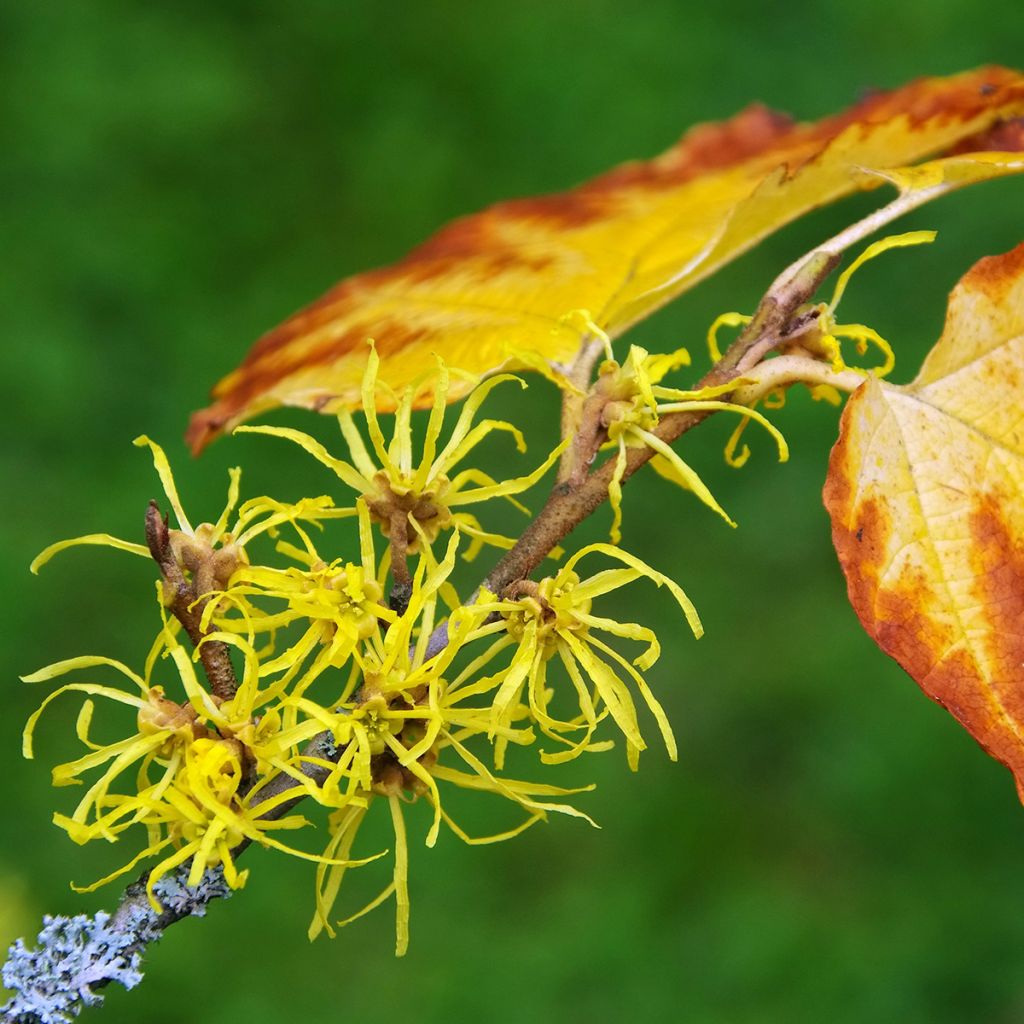

Hamamelis virginiana - Virginian Witch Hazel
Hamamelis virginiana - Virginian Witch Hazel
Hamamelis virginiana
Virginian Witch Hazel, American Witch Hazel, Snapping Hazel Nut, Spotted Alder, Winter Bloom
This item cannot be shipped to the selected country
Delivery charge from €5.90
More information
Schedule delivery date,
and select date in basket
This plant carries a 24 months recovery warranty
More information
We guarantee the quality of our plants for a full growing cycle, and will replace at our expense any plant that fails to recover under normal climatic and planting conditions.
From €5.90 for pickup delivery and €6.90 for home delivery
Express home delivery from €8.90.
Does this plant fit my garden?
Set up your Plantfit profile →
Description
Hamamelis virginiana, commonly known as Witch Hazel, is a North American botanical species that stands out from other witch hazels for its early flowering, which can be enjoyed as early as autumn. One of the first to bloom in the garden, this witch hazel offers a distinctly bright yellow flowering that is pleasantly fragrant, as its foliage begins to fall. Its fruiting, also yellow, makes it a subject covered in gold at the end of the season. This bush brightens up autumn in large hedges and woodlands. Plant it in any exposure, preferably in a humus-rich and moist soil.
Hamamelis virginiana is native to a vast area ranging from Canada to southern Texas. Hamamelis belong to the witch hazel family, which also includes Loropetalum, Liquidambar, and Persian Ironwood, all of which invariably display foliage in fantastic colours. The Virginian witch hazel has a moderately fast growth rate and an average lifespan. Eventually, it forms a large, vigorous bush, with an upright habit during its youth, then becoming more spreading, with ascending branches. Its typical dimensions are approximately 4m (13ft) in height and 3.50m (11ft) in spread. Its deciduous foliage is composed of dentate or lobed leaves, 8 to 15cm (3 to 6in) long, resembling hazelnut leaves. They are a fairly light green on top, pubescent underneath, and turn golden yellow in autumn before falling. Its flowers are highly fragrant and a brilliant yellow. They bloom on the branches from October to November. Each flower consists of elongated petals, 2cm (1in) long, curiously crumpled, almost claw-like, resembling witch fingers. They are clustered together and visited by the last bees in search of nectar. After pollination, decorative fruits form in lignified capsules, 1.2cm (1in) in diameter, which turn yellow at maturity.
Hamamelis virginiana prefers soils rich in humus, low in limestone, and consistently moist and light. Partial shade exposure suits it perfectly, but it is very tolerant in this regard. Plant it on the edge of woodlands, under the cover of large trees, in a large free hedge. To accompany it, choose, for example, cornus (Cornus mas, Cornus officinalis, flowering dogwoods), or Davidia. It will also be magnificent in a border, combined with evergreen shrubs such as an autumn camellia or a large rhododendron if your soil and climate permit. At its base, you can plant, among others, winter heathers, heucheras, or even hellebores.
Report an error about the product description
Hamamelis virginiana - Virginian Witch Hazel in pictures




Plant habit
Flowering
Foliage
Botanical data
Hamamelis
virginiana
Hamamelidaceae
Virginian Witch Hazel, American Witch Hazel, Snapping Hazel Nut, Spotted Alder, Winter Bloom
Hamamelis mexicana, Hamamelis macrophylla
North America
Other Hamamelis - Witch-hazel
Planting and care
To fully enjoy the beauty of your Hamamelis virginiana, plant it in such a way that it stands out against a dark background of evergreen foliage. A partially shaded exposure would be ideal, preferable to scorching sunlight. It should be grown in slightly acidic soil (ericaceous soil), or at least in non-calcareous soil enriched with leaf compost.
Tip: Hamamelis are sensitive to calcareous soils, which they indicate by the summer yellowing of their leaves, followed by reduced flowering. To facilitate its growth, incorporate peat soil during planting. The soil should remain moist, even in summer. Mulching around the base of the plant will help maintain moisture.
Planting period
Intended location
Care
This item has not been reviewed yet - be the first to leave a review about it.
Shrubs for semi-shade
Haven't found what you were looking for?
Hardiness is the lowest winter temperature a plant can endure without suffering serious damage or even dying. However, hardiness is affected by location (a sheltered area, such as a patio), protection (winter cover) and soil type (hardiness is improved by well-drained soil).

Photo Sharing Terms & Conditions
In order to encourage gardeners to interact and share their experiences, Promesse de fleurs offers various media enabling content to be uploaded onto its Site - in particular via the ‘Photo sharing’ module.
The User agrees to refrain from:
- Posting any content that is illegal, prejudicial, insulting, racist, inciteful to hatred, revisionist, contrary to public decency, that infringes on privacy or on the privacy rights of third parties, in particular the publicity rights of persons and goods, intellectual property rights, or the right to privacy.
- Submitting content on behalf of a third party;
- Impersonate the identity of a third party and/or publish any personal information about a third party;
In general, the User undertakes to refrain from any unethical behaviour.
All Content (in particular text, comments, files, images, photos, videos, creative works, etc.), which may be subject to property or intellectual property rights, image or other private rights, shall remain the property of the User, subject to the limited rights granted by the terms of the licence granted by Promesse de fleurs as stated below. Users are at liberty to publish or not to publish such Content on the Site, notably via the ‘Photo Sharing’ facility, and accept that this Content shall be made public and freely accessible, notably on the Internet.
Users further acknowledge, undertake to have ,and guarantee that they hold all necessary rights and permissions to publish such material on the Site, in particular with regard to the legislation in force pertaining to any privacy, property, intellectual property, image, or contractual rights, or rights of any other nature. By publishing such Content on the Site, Users acknowledge accepting full liability as publishers of the Content within the meaning of the law, and grant Promesse de fleurs, free of charge, an inclusive, worldwide licence for the said Content for the entire duration of its publication, including all reproduction, representation, up/downloading, displaying, performing, transmission, and storage rights.
Users also grant permission for their name to be linked to the Content and accept that this link may not always be made available.
By engaging in posting material, Users consent to their Content becoming automatically accessible on the Internet, in particular on other sites and/or blogs and/or web pages of the Promesse de fleurs site, including in particular social pages and the Promesse de fleurs catalogue.
Users may secure the removal of entrusted content free of charge by issuing a simple request via our contact form.
The flowering period indicated on our website applies to countries and regions located in USDA zone 8 (France, the United Kingdom, Ireland, the Netherlands, etc.)
It will vary according to where you live:
- In zones 9 to 10 (Italy, Spain, Greece, etc.), flowering will occur about 2 to 4 weeks earlier.
- In zones 6 to 7 (Germany, Poland, Slovenia, and lower mountainous regions), flowering will be delayed by 2 to 3 weeks.
- In zone 5 (Central Europe, Scandinavia), blooming will be delayed by 3 to 5 weeks.
In temperate climates, pruning of spring-flowering shrubs (forsythia, spireas, etc.) should be done just after flowering.
Pruning of summer-flowering shrubs (Indian Lilac, Perovskia, etc.) can be done in winter or spring.
In cold regions as well as with frost-sensitive plants, avoid pruning too early when severe frosts may still occur.
The planting period indicated on our website applies to countries and regions located in USDA zone 8 (France, United Kingdom, Ireland, Netherlands).
It will vary according to where you live:
- In Mediterranean zones (Marseille, Madrid, Milan, etc.), autumn and winter are the best planting periods.
- In continental zones (Strasbourg, Munich, Vienna, etc.), delay planting by 2 to 3 weeks in spring and bring it forward by 2 to 4 weeks in autumn.
- In mountainous regions (the Alps, Pyrenees, Carpathians, etc.), it is best to plant in late spring (May-June) or late summer (August-September).
The harvesting period indicated on our website applies to countries and regions in USDA zone 8 (France, England, Ireland, the Netherlands).
In colder areas (Scandinavia, Poland, Austria...) fruit and vegetable harvests are likely to be delayed by 3-4 weeks.
In warmer areas (Italy, Spain, Greece, etc.), harvesting will probably take place earlier, depending on weather conditions.
The sowing periods indicated on our website apply to countries and regions within USDA Zone 8 (France, UK, Ireland, Netherlands).
In colder areas (Scandinavia, Poland, Austria...), delay any outdoor sowing by 3-4 weeks, or sow under glass.
In warmer climes (Italy, Spain, Greece, etc.), bring outdoor sowing forward by a few weeks.

































